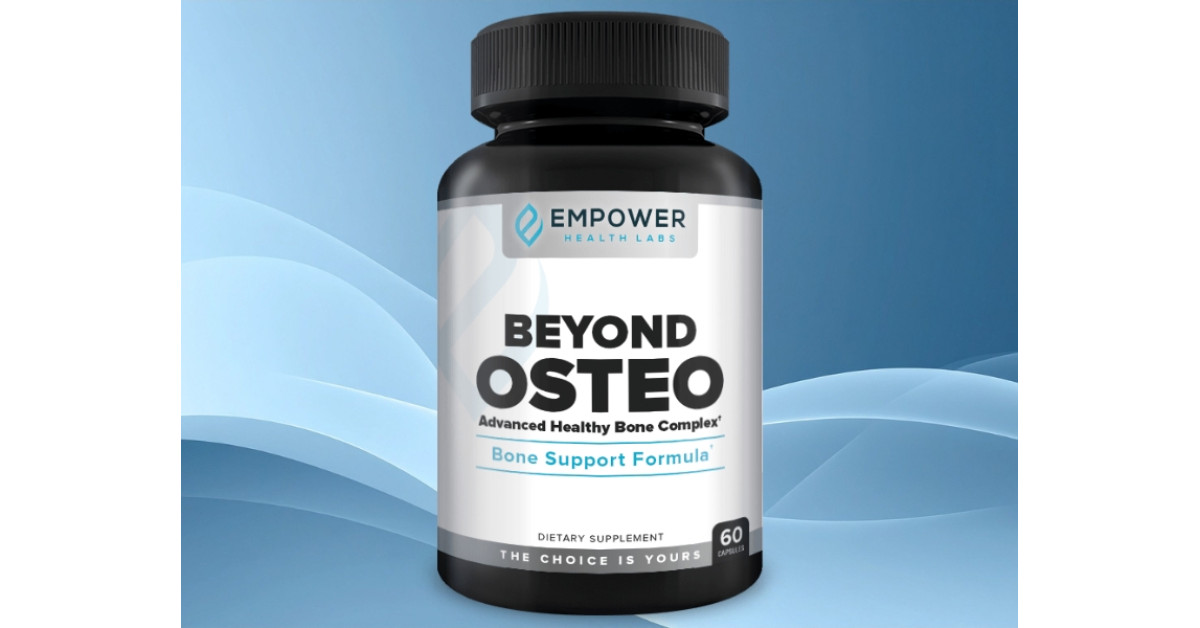Efficacy of denosumab in treatment of osteoporosis in patients with rheumatoid arthritis: a meta-analysis of randomized controlled trial | BMC Musculoskeletal Disorders

The results of this meta-analysis provide compelling evidence that denosumab significantly improves bone mineral density (BMD) and reduces bone erosion, joint space narrowing, and joint damage in patients with rheumatoid arthritis (RA) and osteoporosis. Our findings support the growing body of literature suggesting that denosumab is an effective treatment for osteoporosis in RA patients, where joint destruction and bone loss are major concerns.
Bone mineral density (BMD) improvement
Our analysis demonstrated a significant increase in BMD in the denosumab-treated group compared to the control group (P < 0.01). This is consistent with previous studies that have shown the effectiveness of denosumab in increasing BMD in osteoporotic patients, including those with RA. Denosumab inhibits osteoclast activity by binding to receptor activator of nuclear factor-kappa B ligand (RANKL), a critical mediator in osteoclast formation and function. By reducing osteoclast-mediated bone resorption, denosumab helps restore bone density and reduce fracture risk, which is particularly important in RA patients who are at an elevated risk of fractures due to both the inflammatory disease process and the use of corticosteroids [13, 14].
Bone erosion and joint space narrowing
The reduction in bone erosion and joint space narrowing observed in this study is an important finding. RA patients often experience progressive joint damage due to chronic inflammation, which results in the loss of bone and cartilage in the joints. Previous studies have shown that denosumab can effectively reduce bone erosion in RA patients [15]. Our meta-analysis extends these findings by showing a clear benefit of denosumab in preventing further bone damage in the presence of both RA and osteoporosis. These outcomes are clinically significant, as they suggest that denosumab not only improves bone mass but may also help to maintain joint function and prevent further deterioration, which is critical for improving quality of life and reducing disability in these patients [16].
The mechanism by which denosumab affects joint space narrowing deserves special attention, as this effect is less directly explained by RANKL inhibition. While denosumab primarily targets osteoclast differentiation through RANKL inhibition, several potential mechanisms may explain its effects on cartilage preservation:
-
1.
Recent studies suggest that fibroblast-like synoviocytes (FLS) in RA also express RANKL. By inhibiting RANKL, denosumab may reduce FLS-mediated production of inflammatory cytokines and matrix metalloproteinases that contribute to cartilage degradation.
-
2.
The RANKL/RANK/OPG system may have direct effects on chondrocytes or influence the bone-cartilage cross-talk through paracrine signaling mechanisms.
-
3.
Reduction in bone erosion may decrease mechanical stress at the bone-cartilage interface, indirectly contributing to cartilage preservation.
-
4.
RANKL inhibition may reduce levels of pro-inflammatory cytokines (IL-1β, TNF-α, IL-6) that drive both bone erosion and cartilage destruction.
Further research is needed to fully elucidate these mechanisms and to determine whether denosumab has direct effects on cartilage metabolism in addition to its well-established effects on bone.
Modified total sharp score (mTSS)
The decrease in the modified total Sharp score (mTSS) in the denosumab group indicates that denosumab may help to slow the progression of both joint damage and joint space narrowing in RA patients. mTSS is a widely used outcome measure in RA clinical trials, as it combines both bone erosion and joint space narrowing to assess overall joint damage. By reducing the rate of joint damage, denosumab offers a dual benefit in RA patients: improving bone density while potentially preserving joint integrity [17]. This finding is especially important given the high incidence of disability and joint deformities in patients with long-term RA.
Heterogeneity and sensitivity analysis
While the overall results were robust, we observed high heterogeneity (I2 = 85%) in the BMD analysis. This suggests that there are differences in treatment regimens, patient characteristics, and study designs that may have influenced the results. However, the use of a random-effects model accounted for this variability and provided reliable estimates of treatment effects. Sensitivity analyses further confirmed the stability of our findings, indicating that the conclusions drawn from this meta-analysis are not significantly influenced by any single study.
The high heterogeneity observed is not unusual in meta-analyses of RA, as the disease presents differently across individuals, and the choice of denosumab dosage and treatment duration can vary between studies. It is also possible that differences in the populations studied (e.g., age, baseline disease severity, use of other medications) contributed to the variability in results. These factors highlight the importance of conducting subgroup analyses, which we performed, to explore the effects of denosumab across different patient groups [18].
Several important confounding factors should be considered when interpreting these results:
-
1.
Disease activity: Baseline RA disease activity (as measured by DAS28) varied across studies and may influence treatment response. While our analysis of DAS28 showed no significant effect of denosumab on disease activity, baseline disease activity might still affect bone and joint outcomes.
-
2.
Concurrent treatments: The use of conventional DMARDs, biological DMARDs, and glucocorticoids varied across studies and participants. These medications independently affect bone metabolism and joint damage progression.
-
3.
Patient demographics: Age, gender, disease duration, and menopausal status (in women) can influence both osteoporosis severity and treatment response.
-
4.
Treatment duration and dosage: Variations in denosumab dosing regimens and treatment duration may contribute to heterogeneity in outcomes.
While randomization in the included RCTs helps mitigate these confounding factors, differences in study designs and populations limit the ability to completely control for these variables in our meta-analysis.
Clinical implications
This meta-analysis provides strong evidence supporting the use of denosumab as an effective treatment for osteoporosis in patients with rheumatoid arthritis. By improving BMD, reducing bone erosion, and slowing joint space narrowing, denosumab addresses several critical aspects of the disease. RA patients with osteoporosis represent a particularly challenging group, as they face both the consequences of systemic inflammation and the negative effects of long-term corticosteroid use. Denosumab’s ability to target osteoclasts directly provides a promising therapeutic option for maintaining bone health and reducing the risk of fractures and joint damage in this population.
In clinical practice, denosumab should be considered alongside other established treatments for osteoporosis in RA patients. Alternative treatments include:
-
1.
Bisphosphonates (e.g., alendronate, zoledronic acid): These agents also inhibit osteoclast activity and are widely used in osteoporosis management. Compared to denosumab, bisphosphonates have a longer history of use and extensive safety data, but may be associated with gastrointestinal side effects (oral formulations) and have limitations in patients with renal impairment.
-
2.
Teriparatide and abaloparatide: As anabolic agents that stimulate bone formation, these PTH analogs work through a different mechanism than denosumab. They may be particularly useful in patients with severe osteoporosis but are limited by their short approved treatment duration.
-
3.
Selective estrogen receptor modulators (SERMs): Drugs like raloxifene may be options for postmenopausal women with RA and osteoporosis, though they typically produce smaller BMD gains compared to denosumab.
The choice between these agents should be individualized based on patient characteristics, preferences, contraindications, and cost considerations. In some cases, sequential or combination therapy may be beneficial.
The findings from this study have important clinical implications. Healthcare providers should consider denosumab as a treatment option for RA patients with osteoporosis, particularly those who are at high risk of fractures or who have already experienced significant joint damage. Given the proven efficacy of denosumab in improving bone health and joint outcomes, it may also be beneficial to incorporate denosumab into treatment strategies aimed at preventing further disease progression and disability in RA patients [19, 20].
Safety considerations
The safety profile of denosumab is an important clinical consideration. In our included studies, the most commonly reported adverse events included:
-
1.
Infections: Upper respiratory tract infections, urinary tract infections, and pneumonia were reported, though rates were generally similar between denosumab and placebo groups.
-
2.
Injection site reactions: These were typically mild and transient.
-
3.
Hypocalcemia: Monitoring of calcium levels is recommended, particularly in patients with renal impairment.
More serious but rare adverse events associated with long-term denosumab use include:
-
1.
Osteonecrosis of the jaw (ONJ): Risk factors include invasive dental procedures, poor oral hygiene, and concurrent use of glucocorticoids.
-
2.
Atypical femoral fractures: These rare fractures have been reported with long-term antiresorptive therapy, including denosumab.
-
3.
Serious infections: Given RANKL’s role in immune function, theoretical concerns exist regarding infection risk, though clinical trials have not shown consistent significant increases.
-
4.
Rebound bone turnover after discontinuation: Rapid bone loss and increased fracture risk have been observed after denosumab discontinuation, necessitating appropriate follow-up therapy.
The current meta-analysis could not comprehensively assess these safety outcomes due to limited reporting in the included studies and relatively short follow-up periods. Long-term safety surveillance remains essential for patients receiving denosumab.
link








